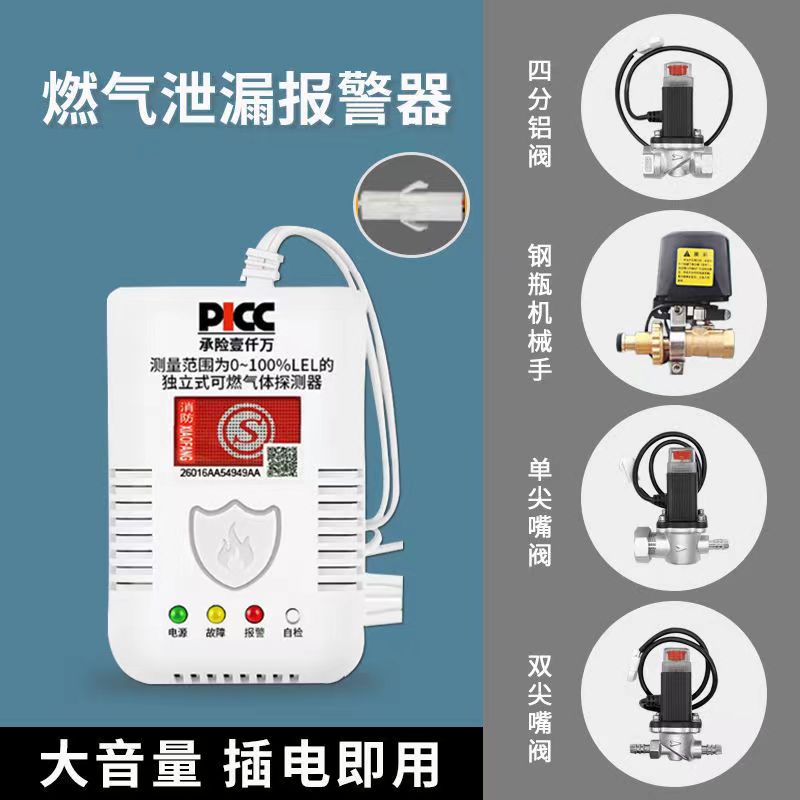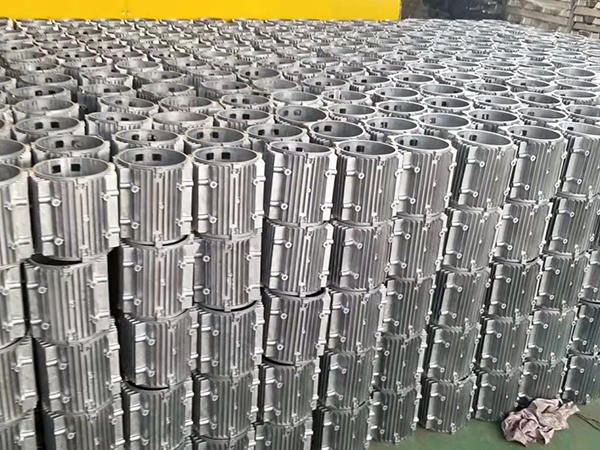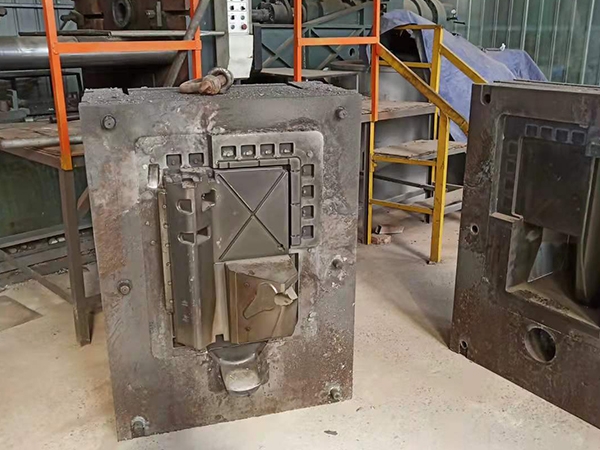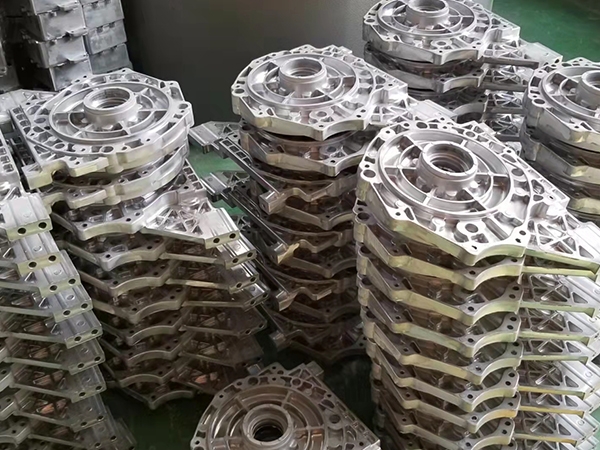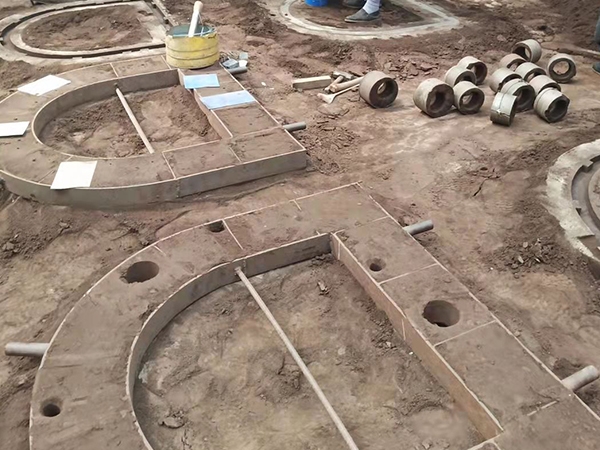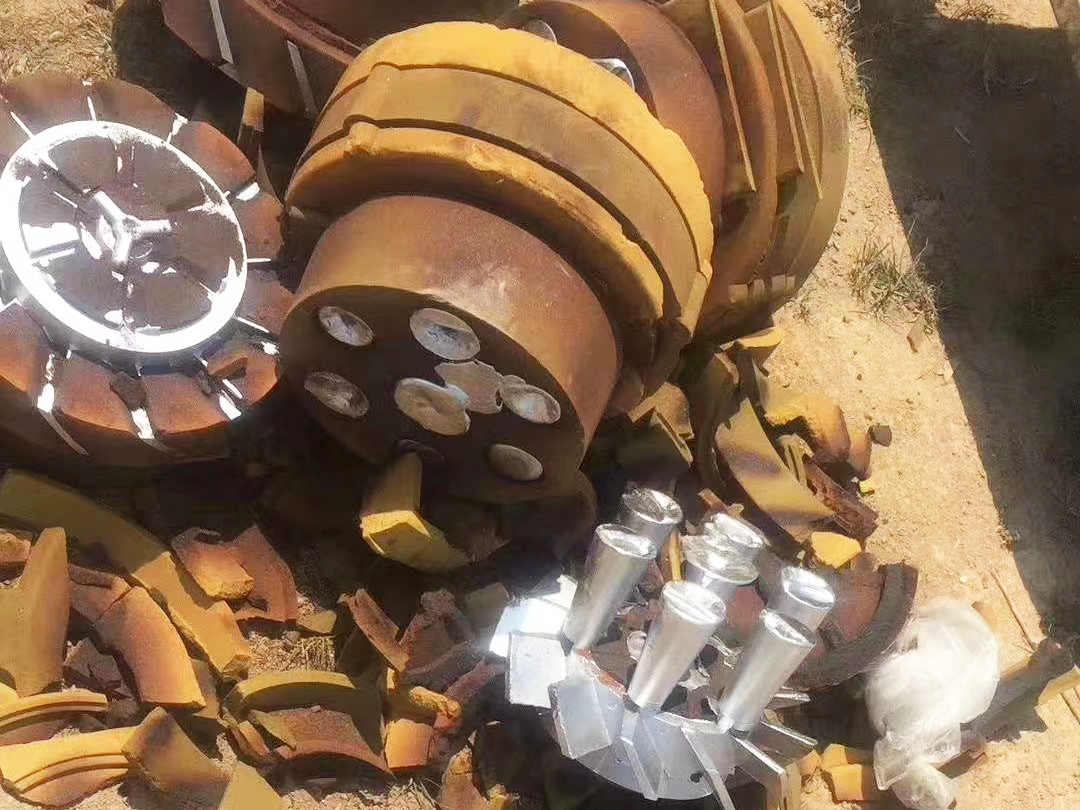Low pressure cast aluminum series
-
Low pressure cast aluminum series
-
Sand cast aluminum parts series
-
Die cast aluminum parts series
-
Mechanical processing series
-
Sand casting aluminum series
-
Gravity Casting Series
-
Sand cast aluminum parts series
-
Die cast aluminum parts series
-
Electromagnetic gas emergency shut-off valve
-
Domestic gas emergency shut-off valve gas leakage
Hot Product
News
2024-05-12
2024-05-12
.jpg)
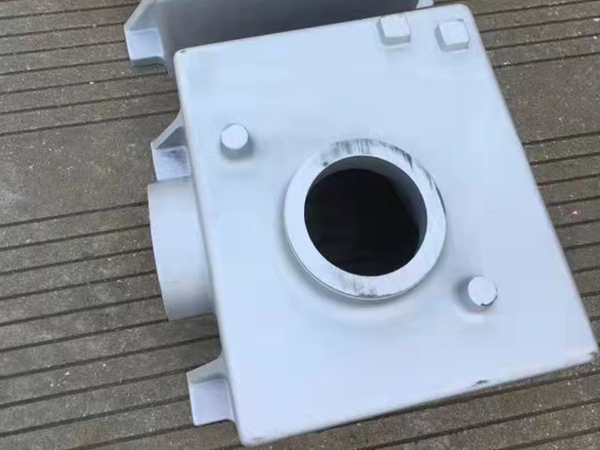
Low pressure casting manufacturer - Botou Quanle Metal Products Co., Ltd
Low pressure casting refers to a casting method in which the mold is generally placed above a sealed crucible, and compressed air is introduced into the crucible to create low pressure (0.06-0.15 MPa) on the surface of the molten metal, causing the metal liquid to rise from the riser to fill the mold and control solidification. This casting method has good shrinkage and dense casting structure, making it easy to cast large and complex thin-walled castings without the need for a riser. The metal yield reaches 95%. No pollution, easy to achieve automation. But the equipment cost is high and the production efficiency is low. Generally used for casting non-ferrous alloys.
characteristic
Low pressure casting can use sand molds, metal molds, graphite molds, etc. The filling process is different from gravity casting such as metal mold casting and sand mold casting, as well as pressure casting with high-pressure and high-speed filling. It has the following advantages:
1) Pure metal liquid filling improves the purity of castings. Due to the fact that slag generally floats on the surface of the molten metal, low-pressure casting is achieved by filling the mold with the molten metal at the bottom of the crucible through a riser, completely avoiding the possibility of slag entering the mold cavity.
2) The metal liquid is filled smoothly, reducing or avoiding the phenomenon of flipping, impact, and splashing during filling, thereby reducing the formation of oxide slag.
3) The casting has good formability, and the metal liquid is filled under pressure, which can improve the fluidity of the metal liquid and facilitate the formation of castings with clear contours and smooth surfaces, making it more favorable for the formation of large thin-walled castings.
4) Castings crystallize and solidify under pressure, allowing for sufficient shrinkage and dense microstructure.
5) Improved the yield of metal liquid, generally without the need for a riser, and the unconsolidated metal in the riser can flow back to the crucible for reuse, greatly improving the yield of metal liquid, with a yield of generally up to 90%,
6) Convenient production operation, good working conditions, high production efficiency, and easy realization of mechanization and automation
Low pressure casting also has some drawbacks, such as high investment in equipment and molds; When producing aluminum alloy castings, the crucible and riser are in long-term contact with the molten metal, which is prone to corrosion and scrapping, and can also increase the iron content of the molten metal and deteriorate its performance.

